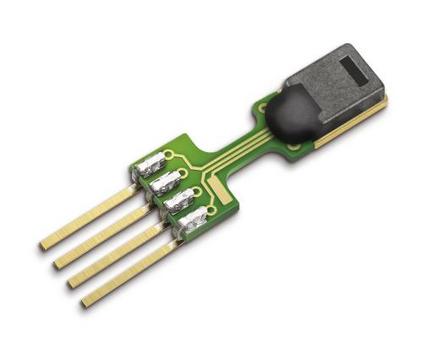This paper is concerned with the statistical analysis of matrix-valued time series. These are data collected over a network of sensors (typically a set of spatial locations) along time, where a vector of features is observed per time instant per sensor. Thus each sensor is characterized by a vectorial time series. We would like to identify the dependency structure among these sensors and represent it by a graph. When there is only one feature per sensor, the vector auto-regressive models have been widely adapted to infer the structure of Granger causality. The resulting graph is referred to as causal graph. Our first contribution is then extending VAR models to matrix-variate models to serve the purpose of graph learning. Secondly, we propose two online procedures respectively in low and high dimensions, which can update quickly the estimates of coefficients when new samples arrive. In particular in high dimensional regime, a novel Lasso-type is introduced and we develop its homotopy algorithms for the online learning. We also provide an adaptive tuning procedure for the regularization parameter. Lastly, we consider that, the application of AR models onto data usually requires detrending the raw data, however, this step is forbidden in online context. Therefore, we augment the proposed AR models by incorporating trend as extra parameter, and then adapt the online algorithms to the augmented data models, which allow us to simultaneously learn the graph and trend from streaming samples. In this work, we consider primarily the periodic trend. Numerical experiments using both synthetic and real data are performed, whose results support the effectiveness of the proposed methods.
翻译:本文涉及对矩阵估计时间序列的统计分析。 这些数据是通过传感器网络( 通常是一组空间位置) 收集的, 即每个传感器每瞬间即刻观测一个特性矢量的传感器。 因此, 每个传感器都有矢量时间序列的特征。 我们希望确定这些传感器的依附结构, 并用图表来代表它。 当每个传感器只有一个特性时, 矢量自动递减模型被广泛调整, 以推断Granger因果关系的结构。 由此得出的图表被称为因果图。 我们的第一个贡献是将VAR模型扩展为矩阵变量变异模型, 以达到图表学习的目的。 其次, 我们提出两个低度和高度的在线程序, 可以在新样品到达时快速更新系数的估计数。 特别是在高度系统, 引入了一个新的Lasso型, 我们为在线学习开发了它的同质调算法。 我们还为正规参数提供了一个调整程序。 最后, 我们认为, 将AR 模型应用到数据通常需要从原始流数据到矩阵变换模型, 然而, 这个步骤可以同时更新新的参数 。 因此, 将我们从在线的 学习这个变动 的 的 的 的 的 数据 的 的 矩阵 的 的 的 的 的 的 的 的 的 的 的 的 的 的 的 的 的 的 的 的 的 的 的 的 的 的 的 的 的 的 的 的 的 的 的 的 的 和 的 的 的 的 的 的 的 的 的 和 的 的 的 的 的 的 的 的 的 的 的 的 的 的 的 的 的 的 的 的 的 的 的 的 的 的 的 的 的 的 的 的 的 的 的 的 的 的 的 的 的 的 的 的 的 的 的 的 的 的 的 的 的 的 的 的 的 的 的 的 的 的 的 的 的 的 的 的 的 的 的 的 的 的 的 的




